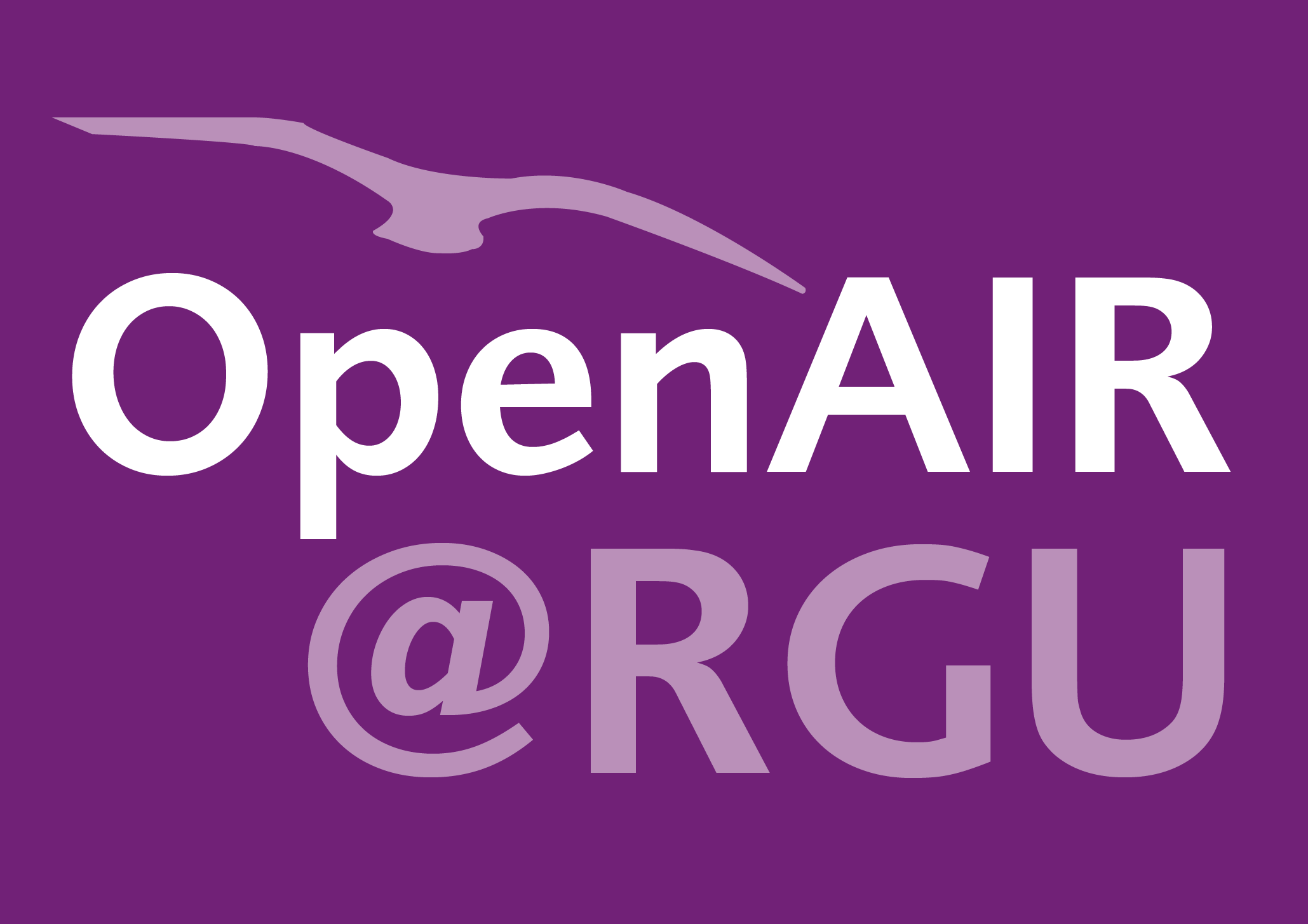Xiao-Haitzi Daniel Pu�n-Pel�ez
Data Collector
Effect of feeding insoluble fiber on the microbiota and metabolites of the caecum and feces of rabbits recovering from epizootic rabbit enteropathy relative to non-infected rabbits. [Dataset]
Contributors
Neil Ross McEwan
Data Collector
Roberto Carlos �lvarez-Mart�nez
Data Collector
Gerardo Mariscal-Land�n
Data Collector
Gerardo Manuel Nava-Morales
Data Collector
Juan Mosqueda
Data Collector
Andrea Margarita Olvera-Ram�rez
Data Collector
Abstract
Epizootic rabbit enteropathy (ERE) is a digestive disease that has negatively affected international rabbit production since the 1990s, with morbidities of up to 90% and mortalities of 80%. ERE generally affects rabbits aged 3–7 weeks, reducing their daily food intake. A recent review of the factors associated with ERE and how to treat it included the use of elevated fiber levels as one mechanism of treatment. The accompanying file contains supplementary information sequence information.
Citation
PUÓN-PELÁEZ, X.-H.D., MCEWAN, N.R., ÁLVAREZ-MARTÍNEZ, R.C., MARISCAL-LANDÍN, G., NAVA-MORALES, G.M., MOSQUEDA, J. and OLVERA-RAMÍREZ, A.M. 2022. Effect of feeding insoluble fiber on the microbiota and metabolites of the caecum and feces of rabbits recovering from epizootic rabbit enteropathy relative to non-infected rabbits. [Dataset]. Pathogens [online], 11(5), article 571. Available from: https://www.mdpi.com/article/10.3390/pathogens11050571/s1
| Acceptance Date | Apr 20, 2022 |
|---|---|
| Online Publication Date | May 12, 2022 |
| Publication Date | May 31, 2022 |
| Deposit Date | May 27, 2022 |
| Publicly Available Date | May 27, 2022 |
| Publisher | MDPI |
| DOI | https://doi.org/10.3390/pathogens11050571 |
| Keywords | Rabbit; Enteropathy; Epizootic; Fiber; Fermentation |
| Public URL | https://rgu-repository.worktribe.com/output/1674814 |
| Publisher URL | https://www.mdpi.com/article/10.3390/pathogens11050571/s1 |
| Related Public URLs | https://rgu-repository.worktribe.com/output/1664790 |
| Type of Data | XLSX files. |
| Collection Date | Apr 20, 2022 |
| Collection Method | The experimental work was carried out at the Amazcala Campus of the College of Natural Sciences, Autonomous University of Queretaro. Sixteen female New Zealand rabbits aged 32 days old were housed as groups of 4 rabbits in American-type cages (90 cm × 60 cm × 40 cm) equipped with feeders and drinking fountains. Rabbits were allocated in a 2 × 2 design experiment, with 4 rabbits per group. All rabbits that had ERE at the outset acquired it spontaneously (i.e., it was not induced) and had not been given any antibiotic treatment for the condition. An ERE diagnosis was confirmed by the first author of this work, who is a qualified veterinary surgeon. At the outset of the experimental work (i.e., when the rabbits were 32 days old), the rabbits were allocated to a group based on either having ERE or being clear of it (deemed healthy) and on a diet of 32% NDF, which is recommended for the intestinal health of the rabbit, or 36% NDF, which has been suggested for the treatment of ERE. Although it was not possible to balance rabbits for weight between the ERE and healthy groups, due to the ERE rabbits being significantly lighter at the outset, the rabbits were balanced as closely as possible for the dietary regimes. The diets were formulated with the same ingredients: alfalfa meal, canola meal, wheat bran, sunflower meal, sodium chloride, calcium carbonate, vitamins, and minerals. No antibiotics or anticoccidial drugs were included in the diet. All rabbits were given ad libitum access to food and water. The experimental groups were designated as follows: T1 = healthy with 32% NDF, T2 = healthy with 36% NDF, T3 = ERE clinical signs with 32% NDF, and T4 = ERE clinical signs with 36% NDF. The presence of diarrhea (an ERE clinical sign) was checked by measuring the severity (0 = no diarrhea, 1 = slight, 2 = moderate, and 3 = severe). At the start of the experimental work, all rabbits categorized as having ERE were around the 1 to 2 boundaries of severity. Information regarding the productivity values that were recorded or measured were: initial weight (IW), weekly weight gain, final weight (FW), food consumption (FC), and daily weight gain (DWG). |
Files
PUON-PELAEZ 2022 Effect of feeding (DATA)
(58 Kb)
Archive
Publisher Licence URL
https://creativecommons.org/licenses/by/4.0/
Copyright Statement
© 2022 by the authors. Licensee MDPI, Basel, Switzerland.
You might also like
A systematic review on the role of wildlife as carriers and spreaders of campylobacter spp.
(2023)
Journal Article
Downloadable Citations
About OpenAIR@RGU
Administrator e-mail: publications@rgu.ac.uk
This application uses the following open-source libraries:
SheetJS Community Edition
Apache License Version 2.0 (http://www.apache.org/licenses/)
PDF.js
Apache License Version 2.0 (http://www.apache.org/licenses/)
Font Awesome
SIL OFL 1.1 (http://scripts.sil.org/OFL)
MIT License (http://opensource.org/licenses/mit-license.html)
CC BY 3.0 ( http://creativecommons.org/licenses/by/3.0/)
Powered by Worktribe © 2025
Advanced Search
